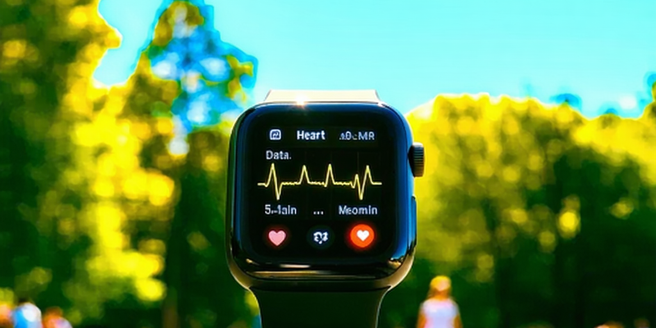Wearable Health Devices

The Evolution of Wearable Health Devices
Wearable health devices have come a long way since their inception. Initially, these devices were simple step counters, but they have evolved into sophisticated tools capable of monitoring a wide range of health metrics. This evolution has been driven by advances in sensor technology, miniaturization, and data analytics. Early wearables were bulky and limited in functionality, but today’s devices are sleek, multifunctional, and capable of providing real-time health insights. Innovations such as heart rate monitoring, sleep tracking, and even ECG capabilities have expanded the role of wearables in personal healthcare. Moreover, the integration of artificial intelligence has enabled more accurate predictions and personalized health recommendations. This transformation has been instrumental in empowering individuals to take charge of their health, leading to a more proactive approach to disease prevention and wellness.
Key Features and Technologies in Modern Wearables
Modern wearable health devices are equipped with a myriad of features that make them indispensable tools for health monitoring. Key features include heart rate monitors, GPS tracking, and sleep analysis. Advanced devices integrate sensors for tracking blood oxygen levels, stress, and even body temperature. The incorporation of machine learning algorithms allows these devices to provide personalized health insights based on individual patterns. Connectivity technologies like Bluetooth and Wi-Fi enable seamless data transfer to smartphones and cloud platforms, enhancing user experience. Moreover, the development of flexible electronics and compact batteries has permitted the reduction in size, making wearables more comfortable and practical for daily use. These technologies not only enhance the functionality of wearables but also improve user engagement by providing actionable insights into one’s health.
Benefits of Monitoring Health with Wearables
Wearable health devices offer numerous benefits by enabling continuous health monitoring. They empower users to take charge of their fitness and well-being by providing real-time data on vital signs and physical activity. This constant feedback helps users make informed lifestyle choices, encouraging healthier habits such as increased physical activity and better sleep patterns. Furthermore, wearables facilitate early detection of potential health issues by alerting users to irregularities in their biometric data. For individuals with chronic conditions, wearables provide an additional layer of monitoring, aiding in effective disease management and reducing healthcare visits. By fostering a deeper awareness of personal health metrics, wearable devices promote a proactive approach to healthcare, ultimately contributing to improved overall health outcomes and enhancing quality of life.
Challenges and Limitations in Wearable Technology
Despite their benefits, wearable health devices face several challenges and limitations. One major challenge is ensuring the accuracy and reliability of the data collected. Inaccurate readings can lead to false reassurances or unnecessary anxiety for users. Another limitation is battery life; frequent recharging can deter continuous use, reducing the effectiveness of health monitoring. Privacy concerns also arise as these devices collect sensitive health data, raising questions about data security and user consent. Additionally, not all wearables are accessible due to cost, limiting their reach to a broader population. Interoperability is another issue, as devices from different manufacturers may not sync seamlessly, affecting data sharing and user experience. Addressing these challenges requires ongoing technological advancements and rigorous regulatory frameworks to ensure wearables remain effective and trustworthy health tools.
The Future of Wearable Health Devices in Healthcare
The future of wearable health devices in healthcare looks promising as technology continues to advance. Developments in nanotechnology and bio-sensing are expected to enhance the capabilities of wearables, allowing for more detailed health monitoring. Integration with telehealth platforms may facilitate remote patient management, providing healthcare professionals with valuable data to inform treatment decisions. Additionally, the use of wearables in clinical trials can improve data accuracy and participant compliance. As wearables become more sophisticated, personalized health ecosystems that provide tailored health interventions may become a reality, revolutionizing preventive care. Collaboration between technology companies, healthcare providers, and regulatory bodies will be crucial in ensuring these devices are safe, effective, and accessible to all. Ultimately, the continued evolution of wearable health devices is poised to transform the way healthcare is delivered and experienced.